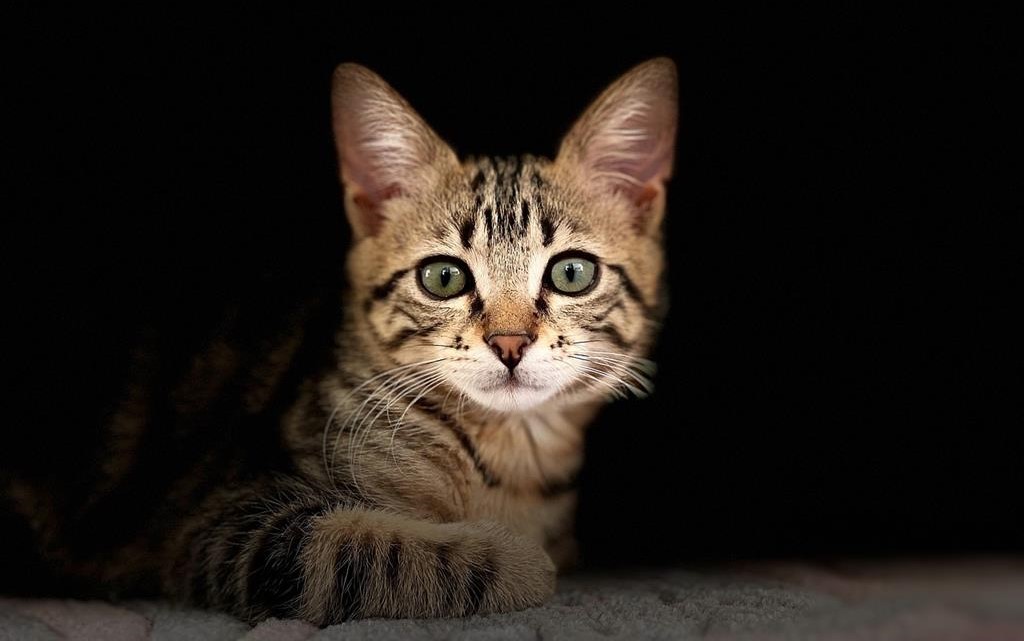Cats, known for their independent and sometimes enigmatic nature, exhibit a wide range of behaviors and temperaments. Among the diverse feline personalities, the semi-feral cat occupies a unique place. These cats exist in a middle ground between the fully feral and the fully domesticated. In this article, we’ll explore what defines a semi-feral cat, their characteristics, and what it takes to understand and care for them.
Defining a Semi-Feral Cat
“A semi-feral cat is an individual feline that has had limited or inconsistent socialization with humans during their early developmental stages, typically the first few weeks of life. Unlike fully feral cats, which have had little to no contact with humans and are often too fearful to approach, semi-feral cats have had some exposure to people but haven’t fully embraced human companionship.”
Key Characteristics of Semi-Feral Cats
- Wariness of Humans: Semi-feral cats are naturally cautious around humans. They may exhibit avoidance behaviors, such as hiding, running away, or keeping a safe distance when approached.
- Limited Socialization: These cats have not been fully socialized with humans during their critical developmental window. As a result, they may not be comfortable with petting or handling by humans.
- Varying Degrees of Fear: The level of fear or caution towards humans can vary among semi-feral cats. Some may be more approachable and curious, while others may remain extremely wary.
- Potential for Socialization: One distinguishing feature of semi-feral cats is their potential for socialization. Unlike fully feral cats, they may, with time and patience, become more comfortable with human interaction.
- Range of Behaviors: Semi-feral cats display a spectrum of behaviors. Some may cautiously approach for food, while others may allow limited petting or handling in certain situations.
- Outdoor or Indoor/Outdoor Living: Semi-feral cats are often found living outdoors, either on their own or in colonies with other feral or semi-feral cats. Some may be brought indoors for socialization efforts.
- Adoption Potential: Although semi-feral cats may not become as fully comfortable with humans as completely domesticated cats, many can be adopted into homes with patient and understanding caretakers who are willing to work with them to improve their socialization.
Caring for Semi-Feral Cats

Understanding and caring for semi-feral cats require a compassionate and patient approach. Here are some essential tips:
- Provide a Safe Space: Start by offering a safe and quiet space with food, water, a litter box, and hiding spots. This space should be free from loud noises and potential stressors.
- Observe and Respect Their Boundaries: Allow the cat to set the pace. Initially, observe from a distance and avoid direct contact, letting them become accustomed to your presence.
- Regular Meals: Establish a feeding schedule to build trust. Gradually move the food closer to you during feedings, so the cat associates you with positive experiences.
- Gentle Interaction: As the cat becomes more comfortable, try gentle petting or handling. Be mindful of their body language and stop if they show signs of discomfort or fear.
- Patience Is Key: Taming a semi-feral cat can be a lengthy process, and progress may be slow. Always prioritize the cat’s comfort and well-being.
- Consult Professionals: Seek advice from experienced animal behaviorists or cat rescue organizations if needed, especially if the cat’s behavior is causing distress.
Conclusion
Semi-feral cats occupy a unique space in the feline world, with their cautious approach to humans. While taming and socializing them can be a challenge, it is a rewarding endeavor. With patience, compassion, and a gentle approach, semi-feral cats can develop trust and potentially become loving and loyal companions. Understanding what a semi-feral cat is and their unique characteristics is the first step towards providing them with the care and support they need to thrive in a human-centric world.



